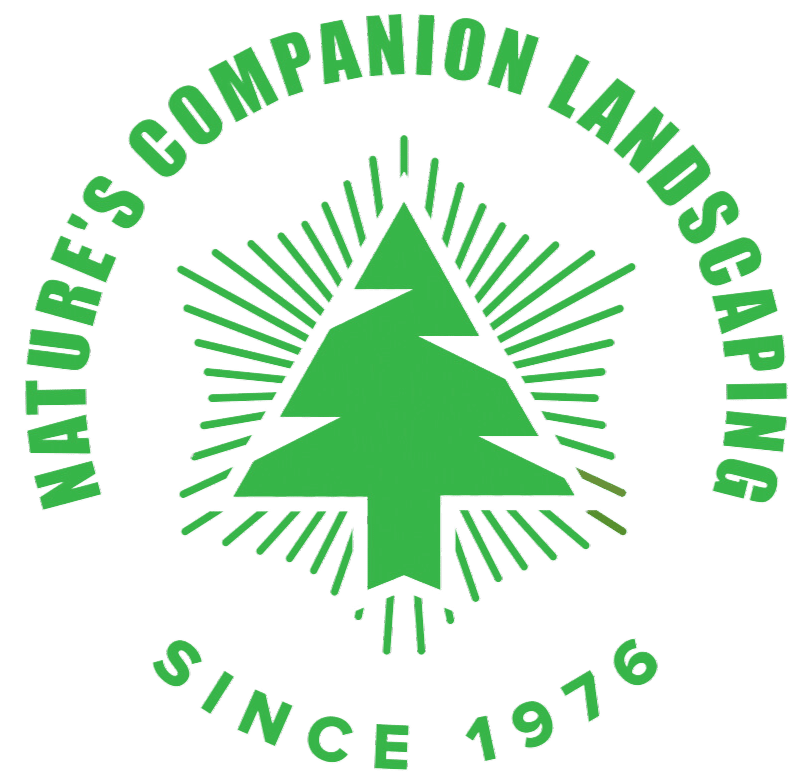In landscape design, hardscape elements play a crucial role in creating structure, functionality, and visual interest in outdoor spaces. From stone pathways and wooden decks to metal sculptures and water features, incorporating hardscape design elements adds texture, contrast, and balance to the overall landscape. In this article, we’ll explore how to integrate non-plant hardscape elements into your landscape design to create visual harmony and enhance the beauty of your outdoor environment.

Define Your Design Goals
Before incorporating hardscape elements into your landscape, it’s essential to define your design goals and vision for the space. Consider factors such as the overall style, theme, and ambiance you want to achieve, as well as the practical needs and preferences of you and your family. Whether you’re aiming for a formal, contemporary, rustic, or naturalistic look, clarifying your design goals will guide your hardscape decisions and ensure a cohesive outcome.
Choose Appropriate Materials
Selecting the right materials is crucial for achieving the desired aesthetic and functionality in your hardscape design. Consider factors such as durability, maintenance requirements, and compatibility with the surrounding landscape when choosing materials such as stone, wood, metal, concrete, or composite materials. Aim for a balance of textures, colors, and finishes that complement the existing features and vegetation in your landscape.
Create Visual Balance
Integrate hardscape elements into your landscape design to create visual balance and harmony. Distribute hardscape features evenly throughout the space, taking into account factors such as scale, proportion, and symmetry. Use pathways, walls, and focal points to establish a sense of rhythm and flow, guiding the eye through the landscape and creating focal points and transitions between different areas.
Establish Focal Points
Incorporate focal points into your hardscape design to draw attention and create visual interest in your landscape. Consider features such as water features, sculptures, fire pits, or seating areas as focal points that anchor the design and provide a sense of destination and intrigue. Place focal points strategically to enhance views, create focal lines, and encourage exploration and interaction in the landscape.
Integrate Softscape and Hardscape
Blend softscape and hardscape elements seamlessly to create a cohesive and harmonious landscape design. Use plants to soften the edges of hardscape features, frame views, and add color, texture, and seasonal interest to the landscape. Incorporate planting beds, container gardens, and vertical greenery to create layers of depth and dimension in your hardscape design.
Consider Functionality
Ensure that hardscape elements are not only visually appealing but also functional and practical for everyday use. Design pathways, patios, and seating areas to accommodate traffic flow, social gatherings, and relaxation. Choose materials and finishes that are slip-resistant, weather-resistant, and easy to maintain for long-term enjoyment and usability.
Embrace Sustainability
Incorporate sustainable design principles into your hardscape design to minimize environmental impact and promote resource conservation. Choose materials that are locally sourced, recycled, or renewable whenever possible. Opt for permeable paving solutions, rainwater harvesting systems, and native plantings to reduce water consumption and enhance ecological resilience in your landscape.
Personalize with Details
Add personal touches and details to your hardscape design to reflect your personality, interests, and lifestyle. Incorporate elements such as custom-made signage, decorative accents, or handcrafted furniture to add character and charm to your outdoor space. Experiment with lighting, sound, and technology to create ambiance and enhance the overall sensory experience in your landscape.
Hardscape design offers endless opportunities for creativity, functionality, and visual impact in landscape design. By incorporating non-plant elements such as stone, wood, and metal into your landscape, you can create visual balance, establish focal points, integrate softscape and hardscape, consider functionality, embrace sustainability, and personalize your outdoor space to suit your unique style and preferences.
Whether you’re designing a cozy courtyard, a sprawling backyard, or a rooftop garden in Nature’s companion, we can help you with your project in Syracuse NY. Visit our portfolio for inspiration or reach out for a free hardscape desing consultation.
